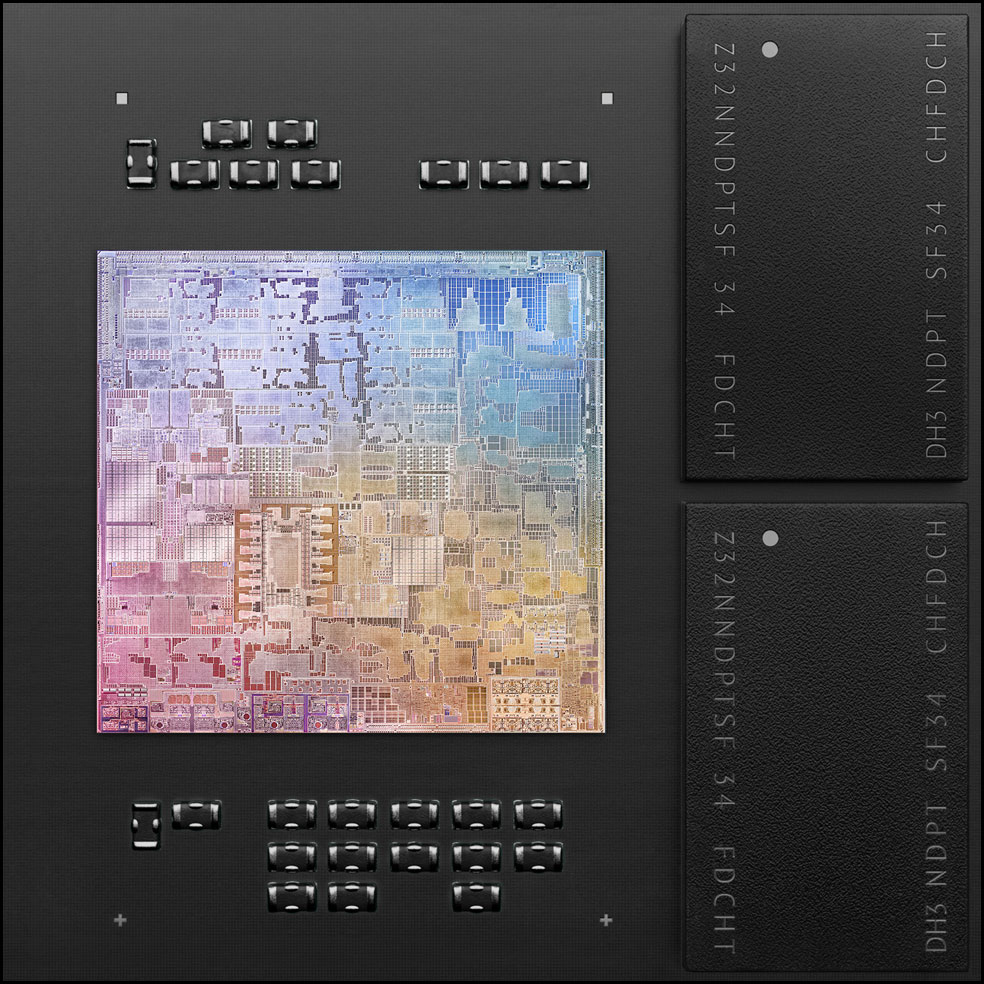Apple, after all this time, still reigns supreme. The tech giant simply sets the bar wherever it goes. It directly influenced the rise of Windows PC’s. It dominated the MP3 player niche with the iPod, and its iPhones sell billions of units. What may not make headlines is Apple’s MacBook series of laptops. These notebooks typically feature easy to use user interfaces, decent battery time and popular software for content creation.
Generally, Apple’s MacBooks cater less to tech-enthusiast nerds and more towards the casual userbase. This is because of Apple’s unspoken ‘Simplicity Above Performance’ ethos. It isn’t necessarily a bad thing. But it does usually mean that when it comes to intensive loads, such as coding and programming, Intel and AMD take the cake. However, this time around, it seems Apple may gain the lead with its M1 Silicon Chipset.
Unlike most competing chipsets, Apple MacBooks with M1 chips do great at coding
A recent comparison test run by TechCrunch highlighted the purported differences. To test the power of these M1 laptops, code compiling tests showed huge differences. The laptops that use M1 Silicon chips, like the Mac Mini, MacBook Pro and Mac Air (all from 2020) beat out the rest. For competition’s sake, the other non-M1 laptops includes the traditional 13 inch MacBook Pro and an Intel CPU MacBook.
The test should always remain fair, of course. To keep conditions and workloads similar, they used the same room temperatures and power setups. Furthermore, the test itself was standardized. It comprised of code compilation for Safari Explorer. The program in question is known as WebKit, and it generally requires multi-threading to accomplish speedily. Naturally, this task consumes almost all available CPU rendering power.
To the surprise of many (and the triumph of Apple aficionados), the M1 laptops came as the top 3 fastest. And the significant difference between the non-M1 and M1 units was certainly outside a margin of error. The top three units were the Mini, followed by the Pro and Air. They accomplished the task within 19min 32s, 20min 43s and 25min 5s respectively. Meanwhile, the 16 and 13 inch non-M1 MacBooks took almost 27min and over 46min respectively. That means the new generation M1 chip is blazing fast at intensive tasks.
Even in terms of battery life, the M1 chip manages to perform well and save battery
Many must be thinking now about the implications this all has on battery life. After all, gaming laptops and other powerful portable units barely last away from the adapter. While this general rule of thumb is valid, the M1 proves the exception to the rule. The three laptops with the M1 all beat out the competition when it came to battery life. And that is including the code compiling test.
All laptops started out with 100% battery, fully charged. The drop in battery percentage right after the test was measured for each. The stunning results showed that M1 laptops barely took a hit even after full CPU load. The extended periods of full-blown code compiling didn’t affect them much at all. You think Ryzen CPUs conserve battery well? Look at these numbers…
Intel and AMD may now have a powerful competitor in the M1
The M1 laptops only dropped by 9%, to an impressive 91%. Meanwhile, the 16 inch fell down to 61%, and the 13 inch to a measly 24%. That difference is huge, and affects the portability immensely.
All in all, this proves that Apple’s M1 may yet give the Intel/AMD hegemony a run for their money. Stay tuned for more on Apple and its amazing chipset!


